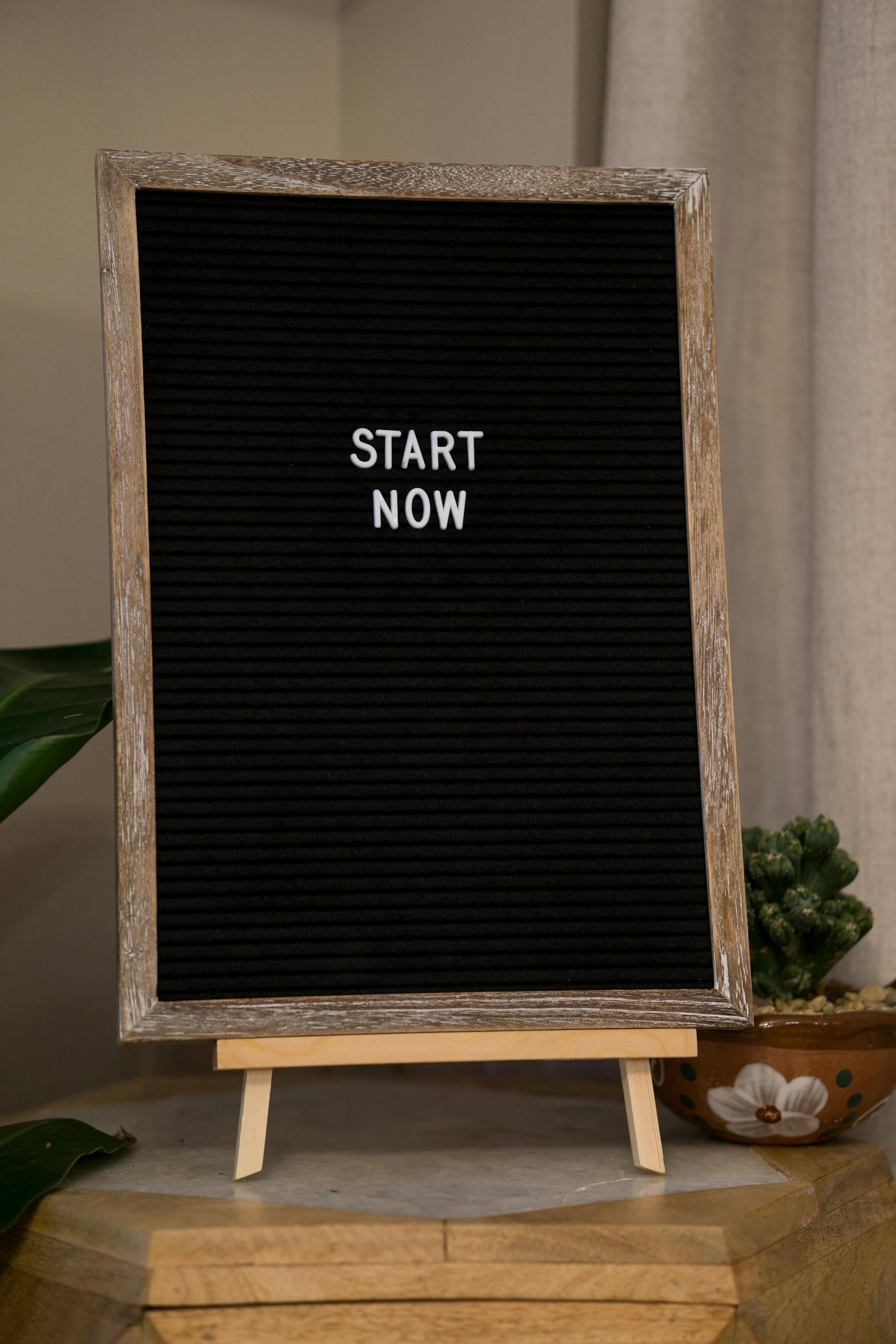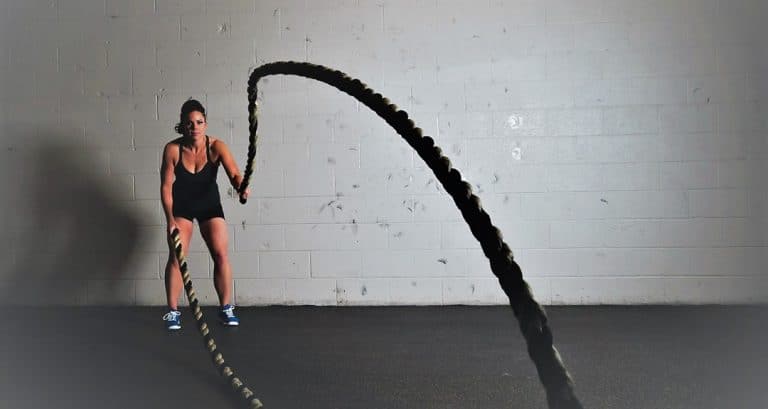How to Kickstart Your Weight Loss Journey
Beginning the path to weight loss might seem challenging, but with the proper guidance, it can become a fulfilling and successful experience. This guide is here to equip you with essential knowledge and practical advice to help you achieve your weight loss goals effectively.
The Calorie Deficit Basics
At the heart of losing weight is understanding the concept of a calorie deficit—consuming fewer calories than your body uses. This simple principle is key to shedding pounds. For adults, reducing your intake by 250-500 calories a day is a common suggestion. However, don’t go beyond a 500-calorie reduction unless a healthcare provider advises it. Teens, aged 12-16, should aim for a smaller cut of 150-200 calories to support their growth.
Losing weight gradually helps establish habits that are easier to maintain over time. Quick fixes that involve drastic calorie cuts can lead to muscle loss and lack essential nutrients, making them hard to stick with.
Counting and Tracking Calories
To figure out how many calories you need, use an online calculator like tdeecalculator.net to find your Total Daily Energy Expenditure (TDEE). This number reflects the calories your body requires based on your Basal Metabolic Rate (BMR) and activity levels. Be honest about how active you really are; if you aren’t moving about 10km daily, you might actually be less active than you think, despite regular workouts.
As you lose weight, your TDEE will decrease, so recalculating it occasionally is necessary. Apps like MyFitnessPal and LoseIt can help you track what you eat and drink, ensuring you stay on target with your calorie goals.
Diet and Macronutrient Focus
Choose a diet plan you can maintain over time. Whether it’s keto, intermittent fasting, or another strategy, the crucial part is staying within your calorie limit. A well-rounded diet supports overall health beyond just weight loss.
Knowing about macronutrients—proteins, fats, and carbohydrates—can help fine-tune your eating habits. A suggested balance might be 40% protein, 40% fats, and 20% carbs. Protein is especially vital in preserving muscle as you slim down. As the saying goes, “Moderation is key.”
Celebrating Non-Scale Victories
While weighing yourself is a common way to track progress, it’s not the only measure of success. Pay attention to body measurements, how your clothes fit, and even photo journals to capture changes that the scale might not show right away, particularly as you build muscle and burn fat.
Regularly taking these measurements, such as weekly weigh-ins and monthly size checks, gives a fuller picture of your journey. Weight can fluctuate naturally, especially for women, so don’t stress over daily changes.
Exercise: Discover What You Love
Exercise isn’t required to lose weight but can boost your efforts and improve health. The key is to be consistent, so pick activities you enjoy. Whether it’s yoga, CrossFit, or something else, find what keeps you motivated.
For those wanting a workout routine, simple bodyweight exercises can be quite effective. Keep it straightforward; the goal is to keep moving and challenging yourself. Always include warm-ups and cool-downs to avoid injuries.
Supplements: Be Careful
While many supplements claim to help with weight loss, most aren’t necessary. A balanced diet should cover your nutritional needs. Protein powders and multivitamins may be useful, but avoid “fat burners” as they can be ineffective and potentially harmful.
Wrapping Up
Weight loss is a personal path that requires patience and a realistic approach. By focusing on a manageable calorie reduction, tracking progress through various measures, and engaging in enjoyable physical activities, you set yourself up for lasting success. Ultimately, it’s about fostering a healthier lifestyle, not just hitting a specific number on the scale.






